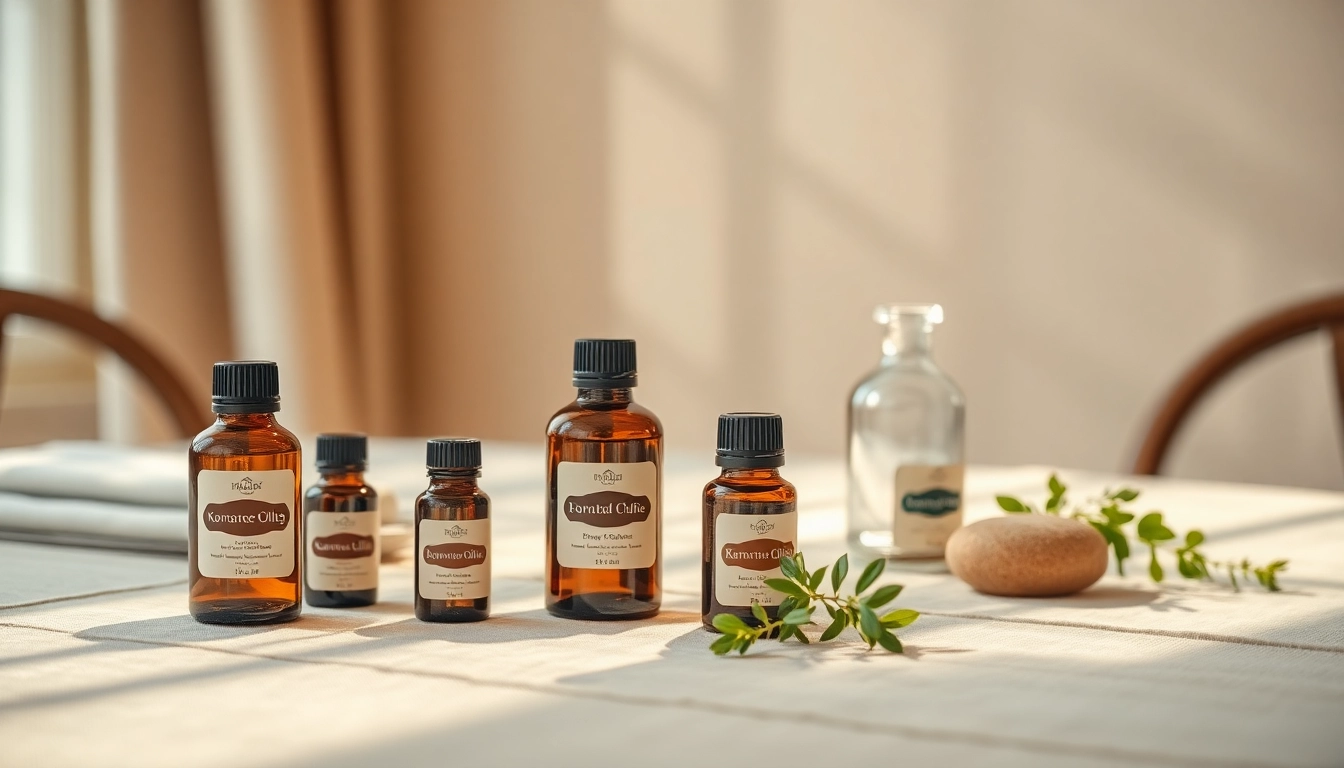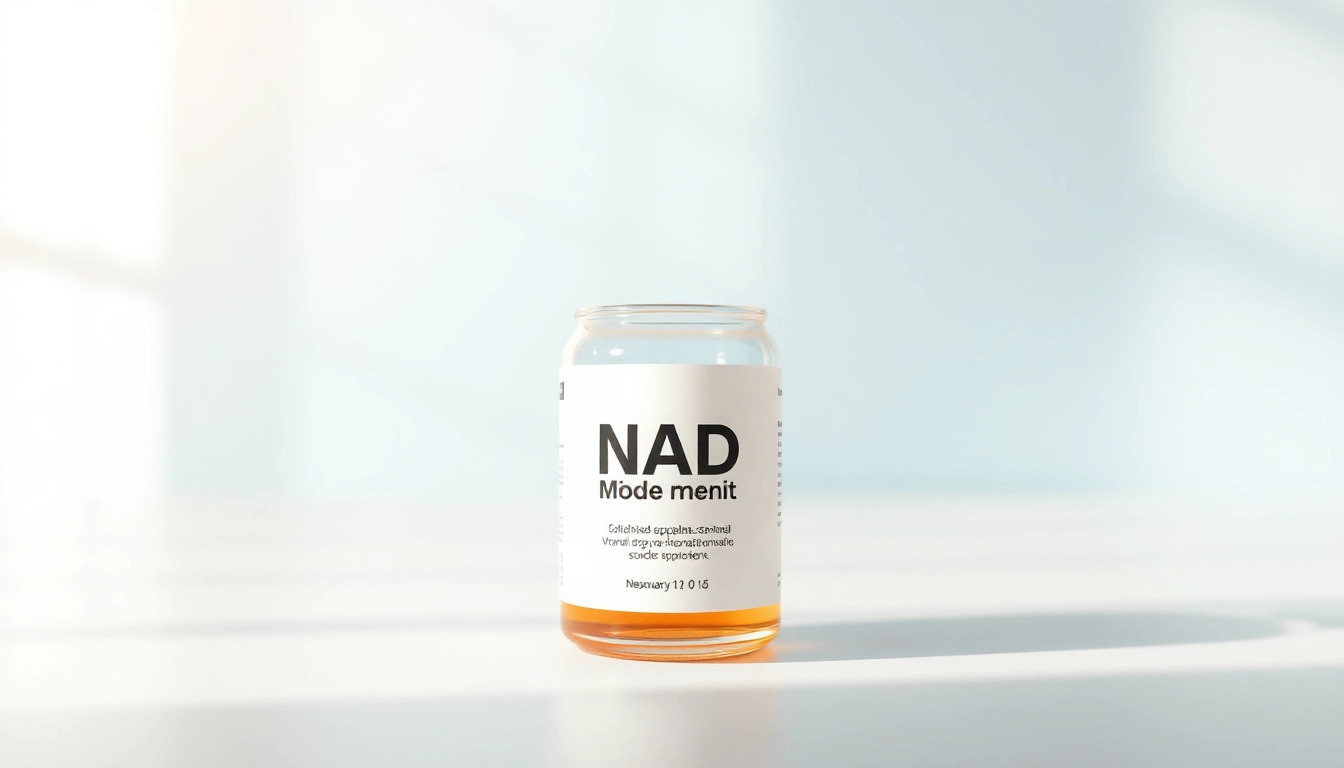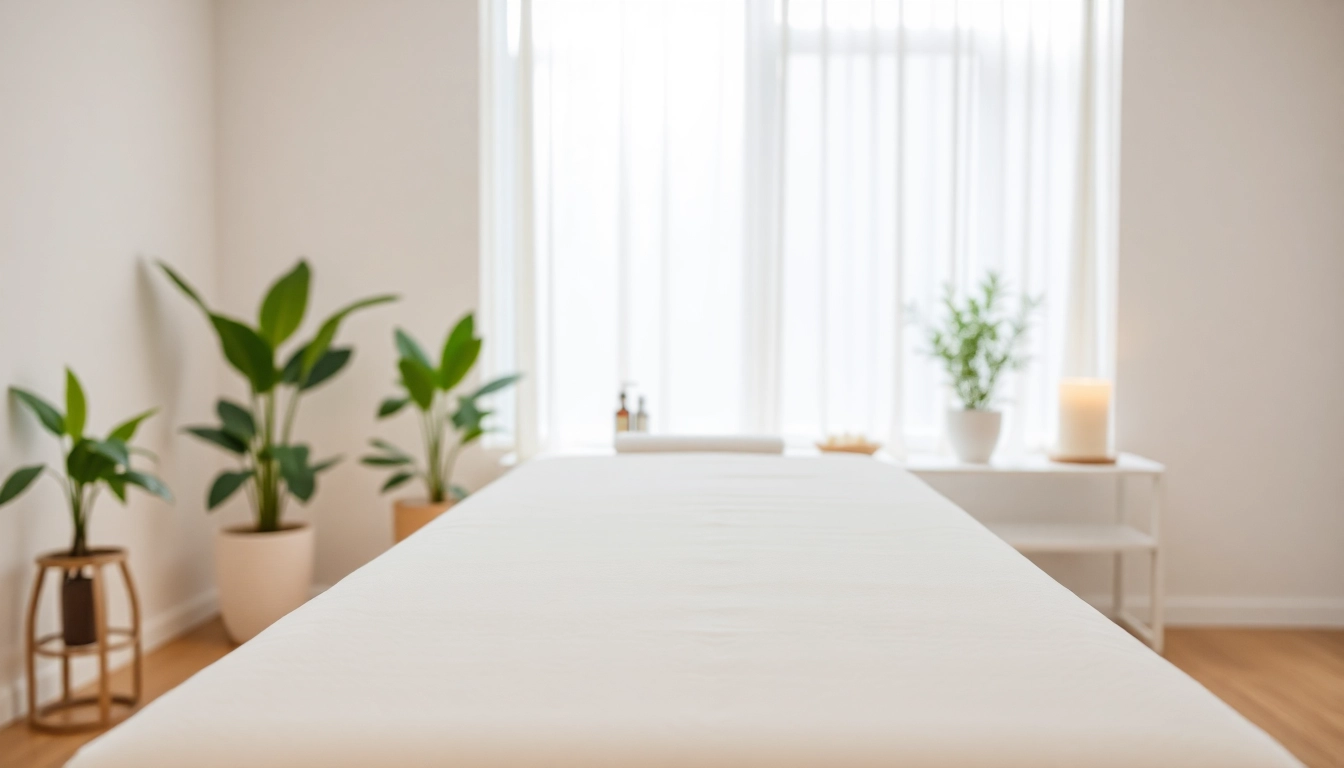Understanding Essential Oils
What Are Essential Oils?
Essential oils are concentrated, aromatic compounds extracted from various parts of plants, including leaves, flowers, bark, roots, and seeds. These oils capture the plant’s natural fragrance and essence, which is why they are often used in aromatherapy, natural remedies, and cosmetic products. Their potent nature means that just a few drops can have a strong effect, both in terms of scent and therapeutic properties. Essential oils are known for their multifaceted benefits, ranging from physical health to emotional well-being.
History and Cultural Significance
The use of essential oils dates back thousands of years. Ancient civilizations, such as those in Egypt, India, and China, recognized the therapeutic properties of plants, using oils for religious ceremonies, medicinal purposes, and as fragrances. In the early 20th century, French chemist René-Maurice Gattefossé coined the term “aromatherapy” after discovering the healing potential of lavender oil when treating a burn. This marked the beginning of modern interest in essential oils, which continues to grow as research reveals their efficacy.
How Essential Oils Are Extracted
Essential oils can be extracted through several methods, each influencing the oil’s quality and characteristics:
- Steam Distillation: This is the most common method, where steam passes through plant material, causing the oils to evaporate. The steam is then cooled, and the oil condenses back into liquid form.
- Cold Press Extraction: Used primarily for citrus oils, this method involves mechanically pressing the plant material to release oils.
- Solex Extraction: A solvent extraction method that draws out oils without the use of heat. Although it yields a high-quality product, it may leave behind solvent residues.
- CO2 Extraction: A more advanced technique that uses carbon dioxide under high pressure to extract oils, producing a pure and potent oil.
Benefits of Essential Oils
Health Benefits of Essential Oils
The health benefits of essential oils are extensive and scientifically documented. They can be used to:
- Promote Relaxation: Lavender and chamomile oils are well-known for their calming effects, often used to relieve anxiety and improve sleep quality.
- Support Immune Function: Essential oils like tea tree and eucalyptus exhibit antimicrobial properties, which may boost the immune system.
- Relieve Aches and Pains: Peppermint and eucalyptus oils can alleviate headaches and muscle soreness.
- Improve Digestion: Oils such as ginger and fennel may aid digestive health and relieve symptoms of nausea.
Essential Oil Uses in Daily Life
Incorporating essential oils into daily routines can enhance overall well-being. Here are practical applications:
- Aromatherapy: Diffusing essential oils in the home to create a calming atmosphere.
- Cleansing: Adding oils like lemon and tea tree to cleaning products for their antibacterial properties.
- Skincare: Incorporating oils into skincare routines can address issues such as acne, aging, and dryness.
- Cooking: Some essential oils, like peppermint and lemon, can add flavor to dishes and boost health.
Comparing Synthetic vs. Natural Essential Oils
Understanding the difference between synthetic and natural essential oils is crucial for making informed choices. Natural essential oils are derived from plants and retain their therapeutic properties, while synthetic oils are usually chemically manufactured and often lack the health benefits associated with their natural counterparts. Here are some distinctions:
- Purity: Natural oils are free from chemical additives, while synthetic versions may contain harmful substances.
- Effectiveness: Studies indicate that natural oils can lead to greater therapeutic effects than synthetics.
- Cost: Natural essential oils often come at a higher cost due to the extraction process and raw material sourcing.
How to Use Essential Oils Safely
Recommended Dilution Ratios
To use essential oils safely, dilution is critical, especially in topical applications. Recommended dilution ratios vary depending on the oil and application method. For most adult applications, a ratio of 1-5% is advisable. This means:
- For a 1% dilution: Add 1 drop of essential oil to 100 drops (or 2 teaspoons) of carrier oil.
- For a 5% dilution: Add 5 drops of essential oil to 100 drops (or 2 teaspoons) of carrier oil.
Always be cautious with children, pregnant women, or individuals with sensitive skin, who should use lower dilution ratios.
Potential Allergies and Interactions
Allergic reactions to essential oils can range from mild skin irritation to serious reactions. It is vital to perform a patch test before using a new oil. Additionally, some essential oils may interact with medications or exacerbate underlying health conditions. For example:
- Lavender oil may have effects on hormone levels, which can be a concern for those with hormonal disorders.
- Peppermint oil can interact with certain medications, particularly those for blood pressure and diabetes.
Consulting with a healthcare professional or aromatherapist can provide guidance tailored to individual needs.
Safe Application Methods
Essential oils should be applied in ways that minimize risk and maximize benefits:
- Topical Application: Always dilute oils in a carrier oil like coconut or jojoba oil before applying directly to the skin.
- Inhalation: Using a diffuser can disperse oils in the air, providing opportunities for inhalation without direct skin contact.
- Baths: Adding essential oils to bathwater can provide both physical and psychological benefits; ensure they are properly diluted.
Choosing Quality Essential Oils
Understanding Labels and Certifications
When purchasing essential oils, understanding labels and certifications is crucial for ensuring quality. Look for oils that are labeled as:
- 100% Pure: This indicates that the oil is free from synthetic additives.
- Organic: Certified organic oils are sourced from plants grown without pesticides or fertilizers.
- Therapeutic Grade: This designation, while not regulated, implies a higher standard of quality.
Top Brands for Essential Oils
When selecting essential oils, opting for reputable brands can significantly influence the experience. Some recommended brands include:
- Young Living: Known for its extensive range of oils and sustainability practices.
- doTERRA: Offers high-quality oils with a commitment to sourcing and testing.
- Plant Therapy: Affordable and transparent about their testing processes.
Where to Buy Essential Oils
Essential oils can be purchased from health food stores, specialized aromatherapy shops, and online retailers. Ensure to check customer reviews, third-party testing results, and return policies before making a purchase. Buying locally can sometimes offer the benefit of personalized advice from knowledgeable staff.
Incorporating Essential Oils into Your Lifestyle
Essential Oil Recipes for Home Use
Essential oils can enhance the ambiance and cleanliness of your home. Here are a few recipes to try:
- All-Purpose Cleaner: Combine 1 cup of water, 1 cup of vinegar, and 10-15 drops of tea tree oil for a natural disinfectant.
- Room Spray: Mix 2 cups of water with 15-20 drops of your favorite essential oil in a spray bottle for an aromatic freshener.
Diy Blends for Personal Care
Creating DIY blends for personal care can provide unique benefits tailored to individual preferences:
- Relaxing Massage Oil: Blend 2 tablespoons of carrier oil with 5 drops of lavender and 5 drops of chamomile oil.
- Exfoliating Scrub: Combine 1 cup of sugar, 1/2 cup of coconut oil, and 10 drops of peppermint oil for a refreshing body scrub.
Essential Oils for Stress Relief and Relaxation
Essential oils can play a pivotal role in promoting relaxation and reducing stress levels. Here are a few strategies:
- Diffusion: Diffuse oils like lavender or bergamot in your home or workspace.
- Inhalation: Inhaling oils directly from the bottle or placing a few drops on a cotton ball can offer immediate relief.
- Yoga and Meditation: Incorporate calming oils into your practice for enhanced effects on mood and mindfulness.



